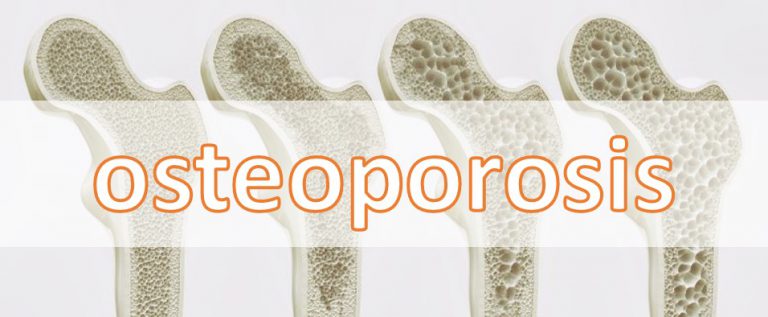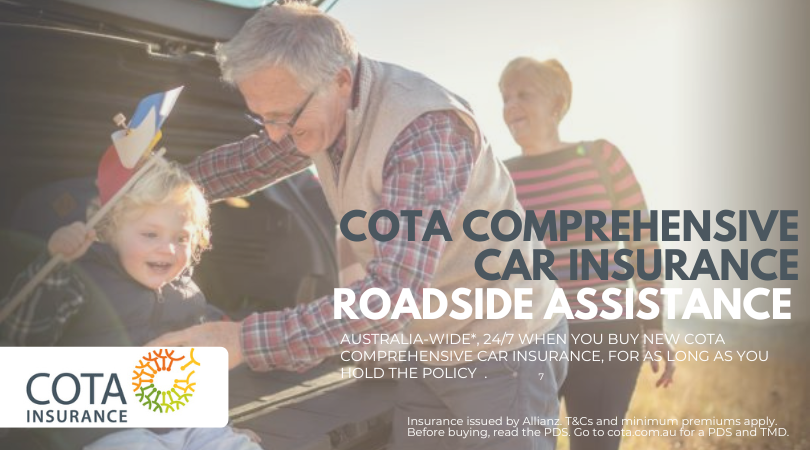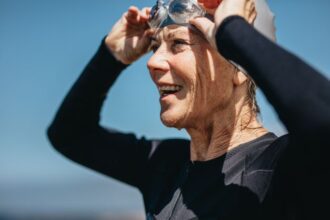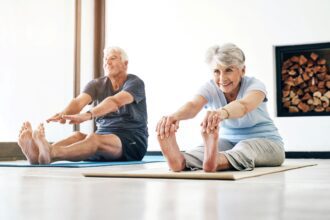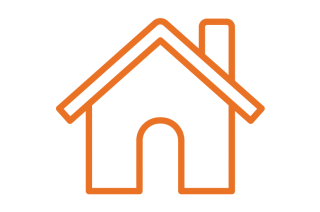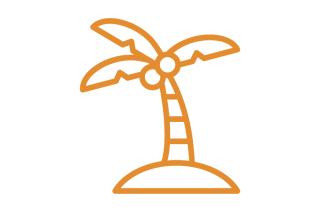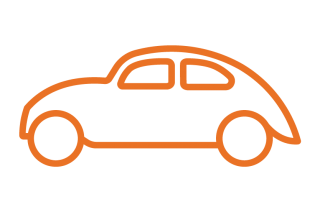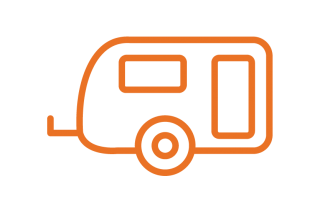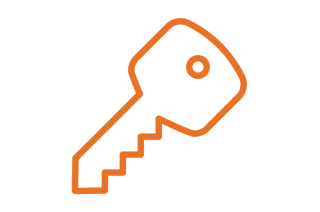Osteoporosis
World Osteoporosis day is October 20th each year. This year the focus is on the risk factors that could impact bone health. We have put together some information, available at www.osteoporosis.org.au, to help spread the word and create awareness about osteoporosis and its risk factors.
What is Osteoporosis?
Osteoporosis is a disease that affects over 1 million Australians. This disease results in bones becoming brittle and therefore a higher risk of bone breaks. It occurs when bones lose minerals (such as calcium) quicker than the body can replace them, resulting in a loss of bone thickness (bone density or mass).
As bones become less dense and thinner, a bump or fall can cause a serious fracture. A fracture is a complete or partial break in a bone. The most common bones to be affected by osteoporosis are the hip, spine and wrist, however any bone can be affected.
There aren’t usually any symptoms of Osteoporosis until a fracture occurs. This is why osteoporosis is often called the ‘silent disease’. Unfortunately, fractures can lead to chronic pain, a loss of independence, a disability or worse – highlighting why managing bone health is a priority.
Anyone with the risk factors or over 50 who experiences a broken bone from a minor bump or fall should be investigated for osteoporosis by their doctor.
What are the risk factors?
The chart below from Osteoporosis Australia highlights the common risk factors that everyone over 50 should check. Both men and women can be affected, however women are at a greater risk of developing osteoporosis, due to the rapid decline in oestrogen levels during menopause. This change in oestrogen levels causes the bones to lose calcium and other minerals at an increased rate. For women, they lose approximately 2% of bone loss per year for several years after menopause.
Men also lose bone as they age, however it is more gradual, due to their testosterone levels declining more gradually. This can mean that men’s bone mass remains more adequate until later in life.
Family history, medical history, vitamin levels and lifestyle factors all contribute to your risk of osteoporosis.
Osteoporosis is strongly inherited. If you have a family history of osteoporosis, specifically within a parent or sibling, it is good to take note of this.
Low calcium intake and low levels of vitamin D can affect your risk of Osteoporosis.
Certain medical conditions can impact on your bone health, such as thyroid conditions, low hormone levels, specific chronic diseases and the use of some medications.
Lifestyle factors such as smoking, excessive alcohol intake, low physical activity levels and a thin or overly overweight body type can all increase risk.
You can visit www.knowyourbones.org.au and assess your risk by answering a series of questions -or for more information on the above risks please visit www.osteoporosis.org.au/risk-factors
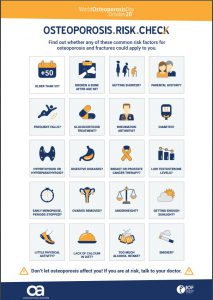

How is it diagnosed?
Osteoporosis is diagnosed with a bone density scan / bone density test. This is a simple scan, usually at the hip and spine, that measures the density of your bones. It is a quick, easy and non-invasive scan that is done with a GP referral.
The scan will determine if any further action is needed in regards to your bone health. Results will either be (1) normal (2) low bone density or (3) osteoporosis.
The earlier you can find out if you have low bone density or osteoporosis, the better. You and your doctor can then take action to keep your bones strong, slow bone loss and reduce the risk of fractures.
How do I prevent Osteoporosis?
No matter what stage of life you are in, you can take action to maintain and improve your bone health. Adequate calcium intake, good vitamin D levels (which helps absorb the calcium) and specific exercises are all important for healthy bones.
Specific tips on increasing both calcium and vitamin D levels along with exercise tips and examples are all included here – www.osteoporosis.org.au/prevention. These are important for prevention and for those with low bone density or osteoporosis.
Where can I get further information?
If you want further information, please visit the Osteoporosis Australia website www.osteoporosis.org.au. You can also download the 28 page consumer guide or the latest consumer magazine here at www.osteoporosis.org.au/resources
Alternatively contact your GP to discuss your risk and possible testing.
Interested in similar articles? Why not check these out:
References:

